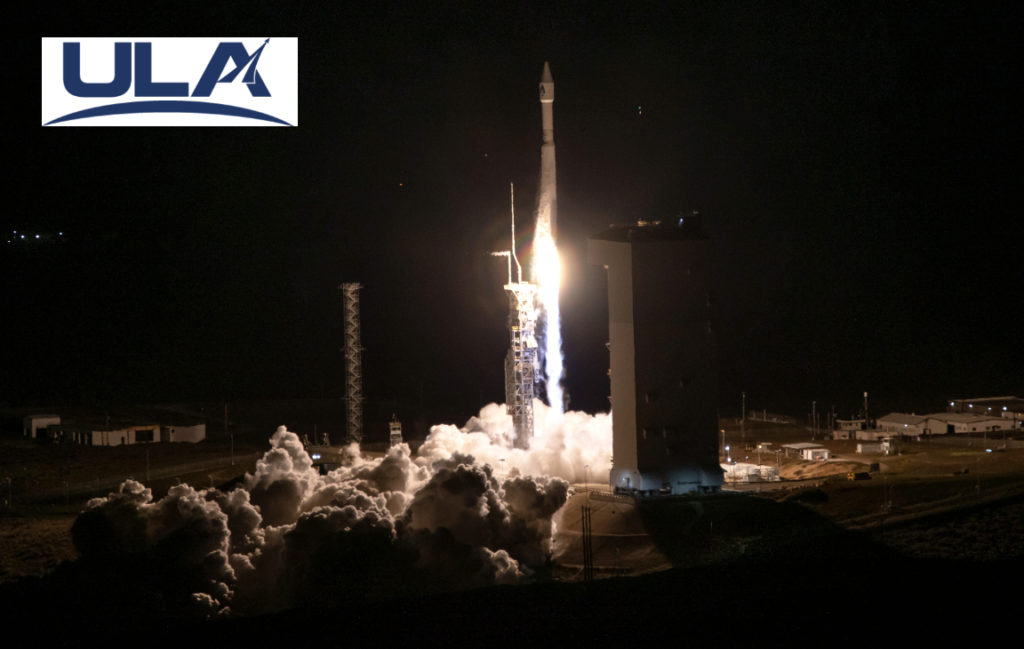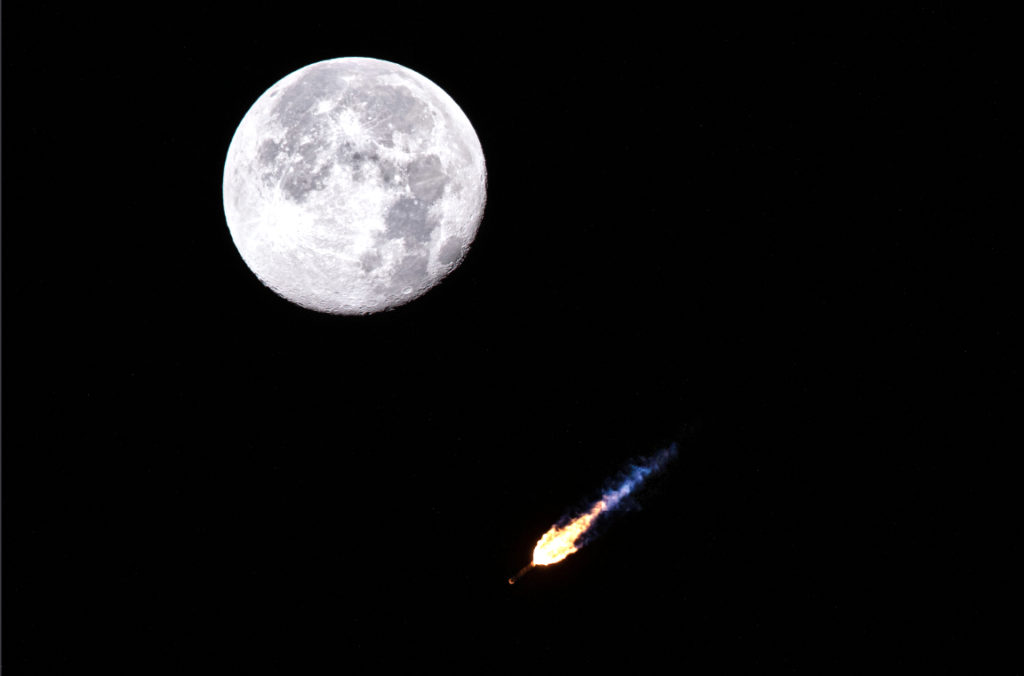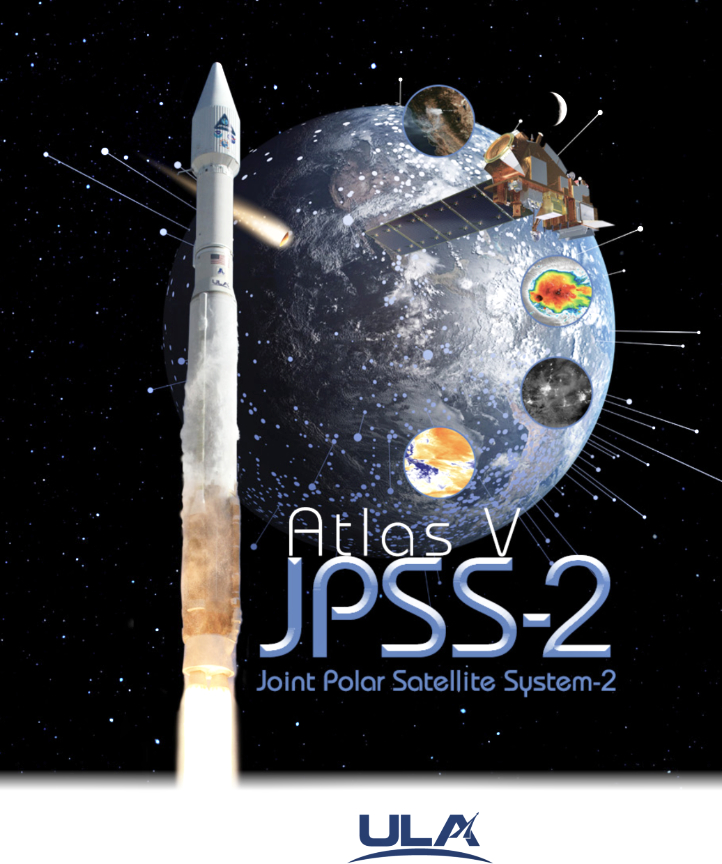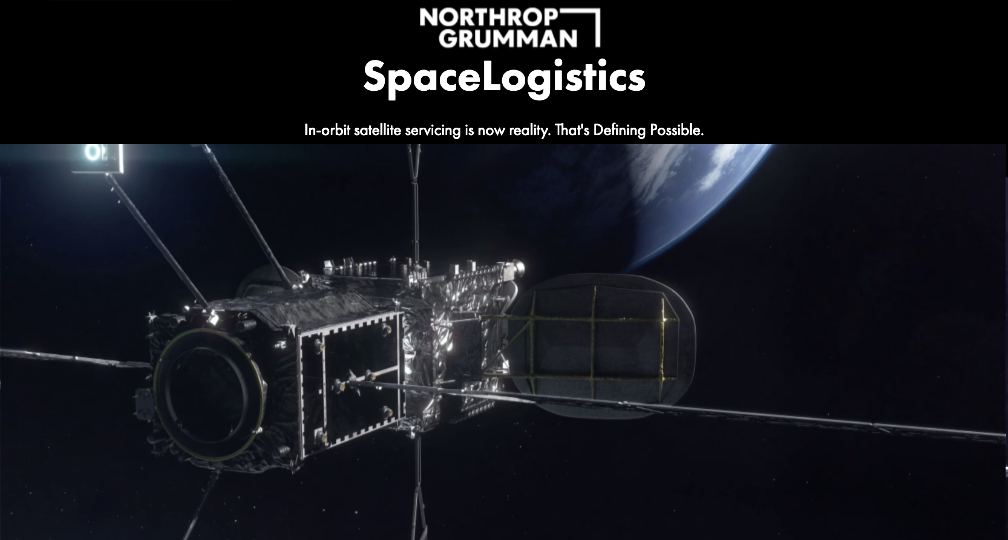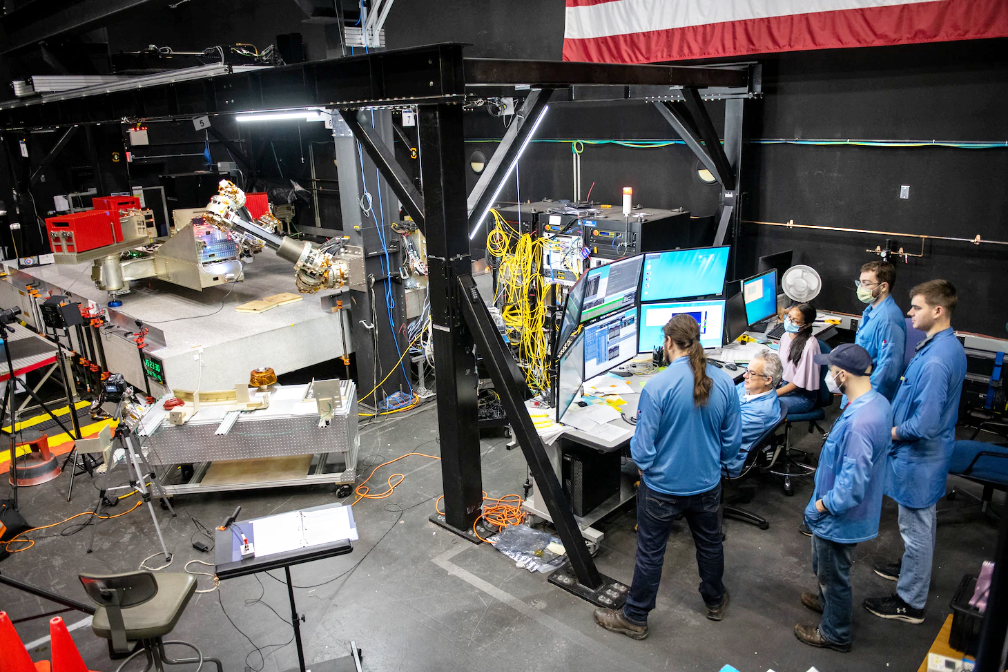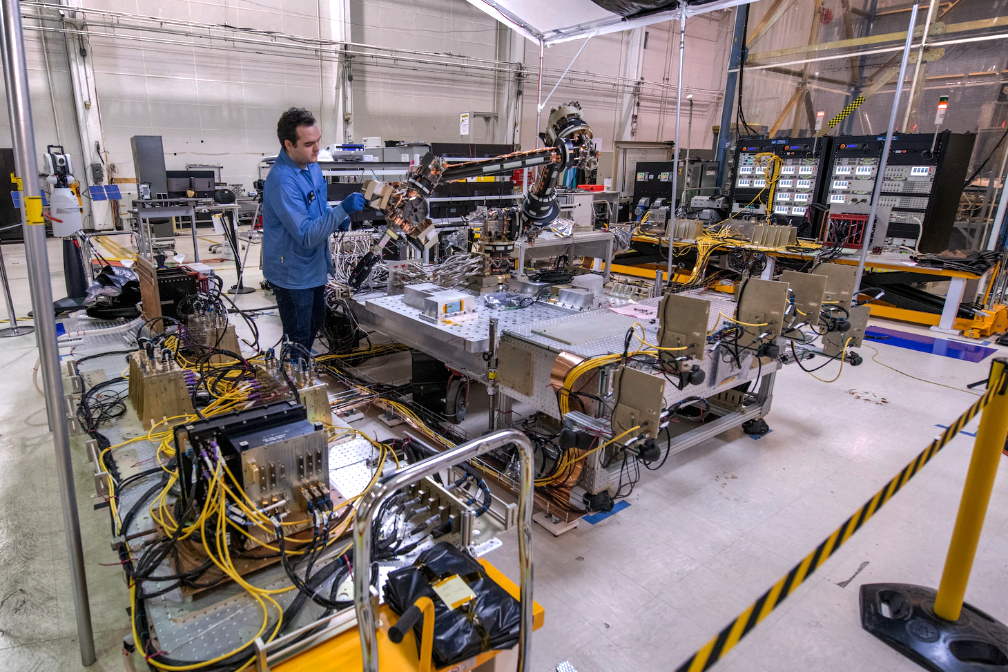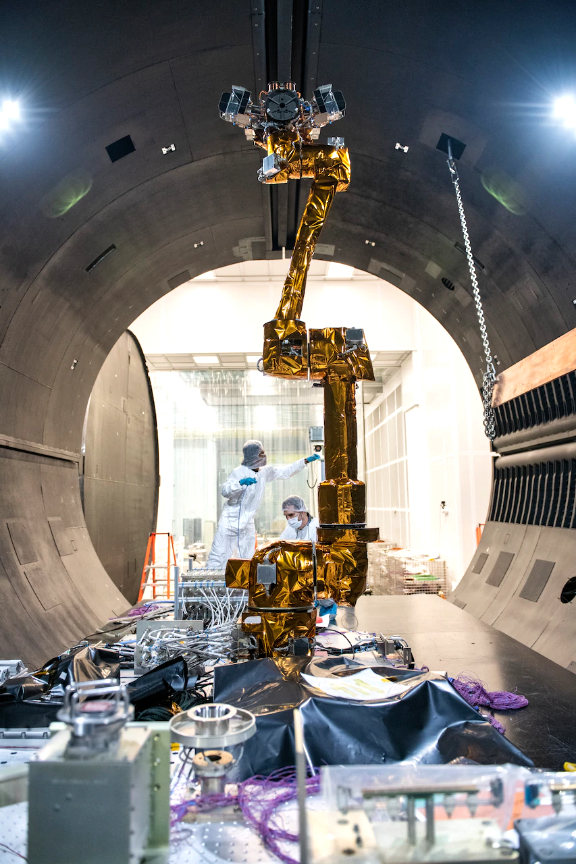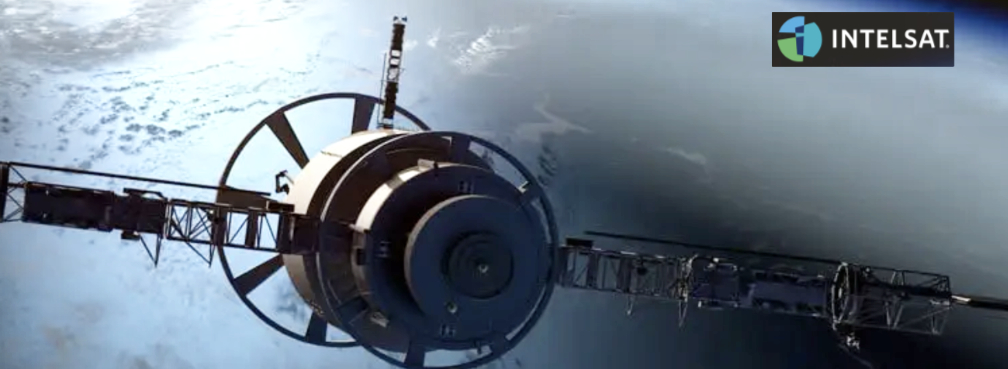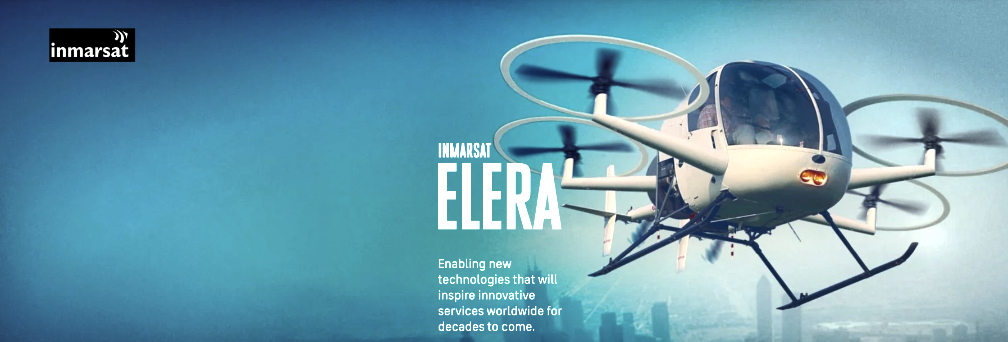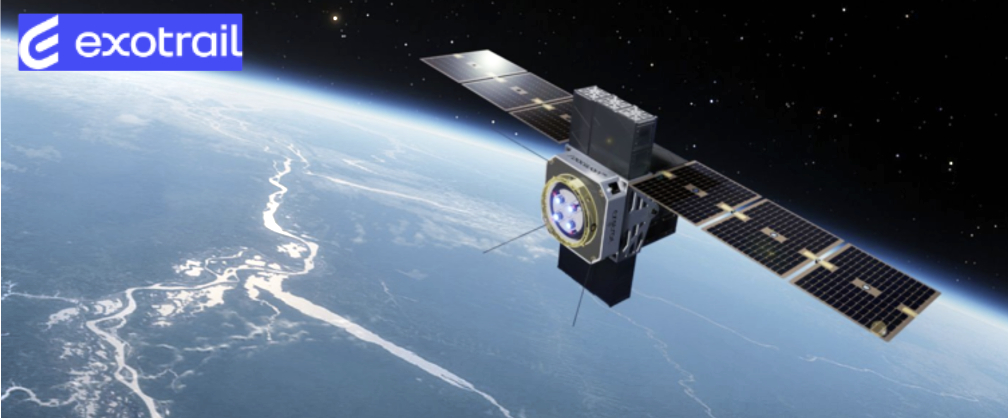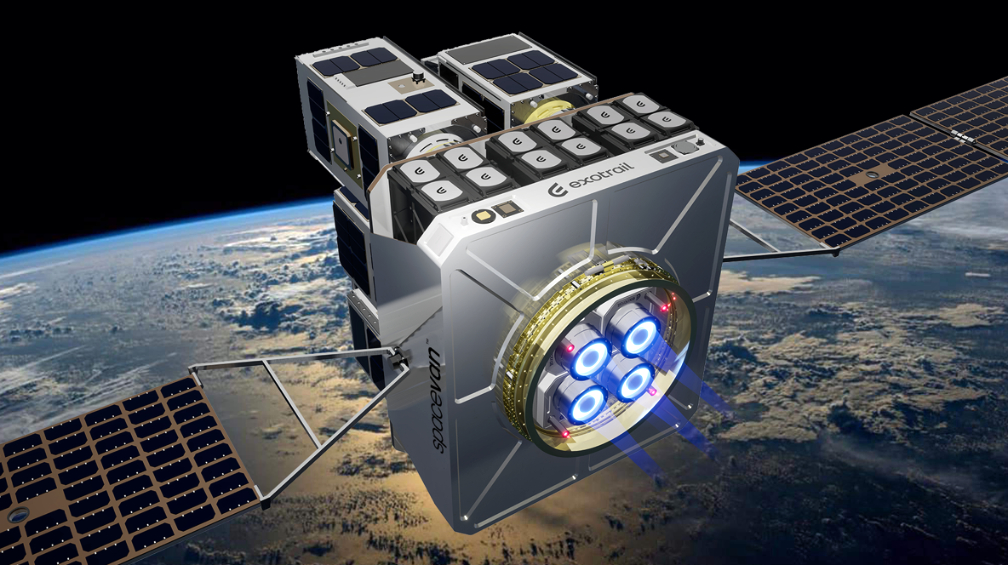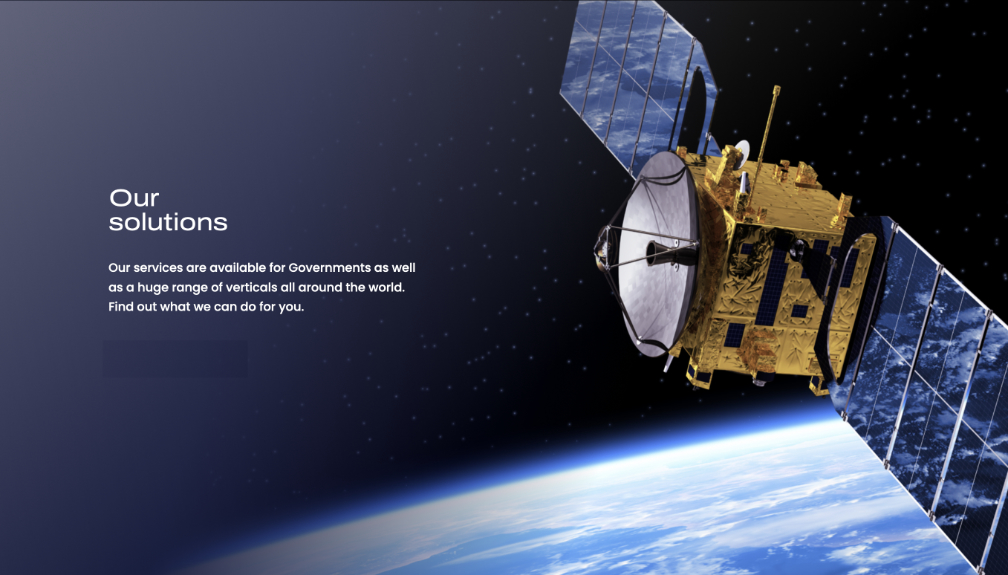
Recently, the SpaceWERX Orbital Prime program awarded 124 Phase 1 contracts from June 15 to September 22, 2022, each with a five-month term valued at $250,000. Orbital Prime, which is the first space effort under the SpaceWERX Prime line of business, intends to invigorate the In-space Servicing, Assembly, and Manufacturing, or ISAM, market using Active Debris Remediation as a use case for the foundational technologies.
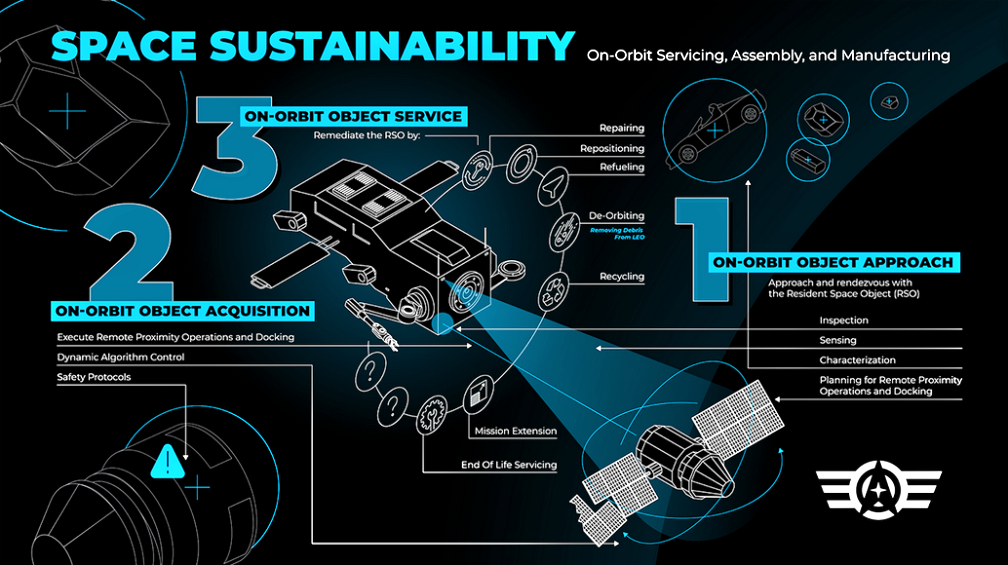
The awards, made under the Department of the Air Force’s Small Business Technology Transfer, or STTR, program, administered by AFWERX, represent the first phase of the Orbital Prime program.

“As the U.S. Space Force component of AFWERX, the SpaceWERX team chose STTR awards over its more well-known and revamped Small Business Innovative Research (SBIR) contracts to drive academic engagement alongside small business,” said Gabe Mounce, SpaceWERX deputy director.
The STTR program requires that companies partner with a research institution such as an academic institution, non-profit or Federally Funded Research and Development Center to perform concept exploration, development and maturation.
Through these awards, SpaceWERX has partnered with 92 companies and 66 research institutions across the country to explore ISAM capabilities and technologies relating to identifying, approaching and servicing an object in space. The Orbital Prime program will culminate with an on-orbit mission to demonstrate active space debris remediation, a public purpose use case intended to stimulate the market for space logistics.
From this initial phase, the STTR Phase 1 awardees will be invited to propose to a STTR Phase 2 opportunity in the early part of next year. Phase 2 will last 15 months at a maximum of $1.5 million per award. SpaceWERX also recently opened a Direct-to-Phase 2 SBIR offering under topic AFX234-DCSO1 to enable small businesses to enter the Orbital Prime program in a parallel path to the STTR Phase 2. Both paths, considered to be Phase II of the Orbital Prime program, will lead to Strategic Financing opportunities in Phase 3 of the program.
The companies receiving Phase 1 awards include:
– Acellent Technologies, Inc.
– Altius Space Machines, Inc.
– Assured Space Access Technologies, Inc.
– ASTER Labs, Inc.
– Astrobotic Technology Inc.
– Atomos Nuclear and Space Corporation.
– Auxon Corporation.
– BlackSky Geospatial Solutions, Inc.
– BotFactory, Inc.
– Busek Co. Inc.
– Cambrian Works, Inc.
– Circle Optics, Inc.
– Continuum Space Systems, Inc.
– ControlX, Inc.
– Elevan LLC dba Elevate Systems.
– Enduralock, LLC.
– EPSILON3, INC.
– First Light Observatory Systems, LLC.
– Free Space Inc.
– Galactiv, Inc.
– Galois, Inc.
– GEOJUMP, INC.
– GhostWave Inc.
– GreenSight.
– GRID RASTER INC.
– Howe Industries LLC.
– Hypergiant Galactic Systems, Inc.
– iMetalx Group, LLC.
– Integral & Open Systems, INC.
– Inversion Space Company
– Kall Morris Inc.
– Karax LLC.
– Kayhan Space Corp.
– krtkl inc.
– Launcher Inc.
– Lexset.ai Inc.
– LGarde, Inc.
– Lunar Outpost Inc.
– Lunar Resources, Inc.
– MARS Aerospace Company.
– Martian Sky Industries, LLC.
– Metis Design Corporation.
– Microsurgeonbot Inc.
– Motiv Space Systems.
– Mountain Aerospace Research Solutions.
– Nanoracks, LLC
– NearSpace Launch Inc.
– Neutron Star Systems USA LLC.
– nou Systems, Inc.
– O Analytics Incorporated.
– Octagon II, Inc.
– Off-World, Inc.
– Ombra LLC.
– Orbital Bridge LLC.
– Orbital Composites, Inc.
– Physical Sciences Inc.
– PickNik Inc.
– Plasma Controls, LLC.
– Polaron Analytics
– Quidient, LLC.
– Radsul Inc.
– RapidFort, Inc.
– Rhea Space Activity.
– Rockdrill Research LLC.
– Rogue Space Systems Corporation.
– Sci Zone.
– Scientific Systems Company, Inc.
– SCOUT Inc.
– Sedaro Corporation.
– Senseics Ltd.
– SIMBA Chain Inc.
– Slingshot Aerospace, Inc.
– Space Micro Inc.
– SpaceWorks Enterprises, Inc.
– Spectral Energies, LLC.
– Starfish Space.
– Tangram Flex, Inc.
– Target Arm Inc.
– Ten One Aerospace LLC.
– ThinkOrbital Inc.
– Toyon Research Corp.
– Traclabs, Inc.
– Traction Jedi Technologies, LLC.
– TrustPoint, Inc.
– Turion Space Corp.
– Vision Systems Inc.
– VisSidus Technologies, Inc.
– Vy Corporation.
– Wallaroo Labs, Inc.
– Weintraus, Inc. DBA Modularity Space.
– Xtensor Systems Inc.
– Ziuli Holdings LLC.
The Phase 1 research institution partners include:
– Air Force Institute of Technology (AFIT).
– Arizona State University.
– Boston University.
– Brigham Young University.
– Brookhaven National Laboratory.
– California State University Northridge.
– Carthage College.
– Catalyst Campus for Technology and Innovation.
– Clarkson University.
– Colorado State University.
– Cornell University.
– Draper Laboratories.
– Eastern Michigan University.
– Embry-Riddle Aeronautical University.
– Expanding Frontiers.
– Florida Institute of Technology.
– Georgia Institute of Technology.
– Illinois Institute of Technology.
– Johns Hopkins University.
– Johns Hopkins University Applied Physics Laboratory.
– Louisiana Tech University.
– Massachusetts Institute of Technology Lincoln Laboratory.
– Michigan Technological University & Michigan State University.
– MIT Innovation Initiative.
– MIT Lincoln Laboratory.
– Morehead State University.
– New Mexico Institute of Mining and Technology.
– New Space New Mexico.
– Oakland University.
– Oklahoma State University.
– Purdue University.
– San Diego State University Research Foundation.
– Sandia National Laboratories.
– Southeast Innovation Institute.
– Southwest Research Institute.
– SRI International Computer Science Laboratory.
– Stanford University.
– Stevens Institute of Technology.
– Taylor University.
– Texas A&M Engineering Experiment Station.
– The Ohio State University.
– The Pennsylvania State University, Applied Research Laboratory.
– The University of Alabama.
– The University of Texas at Austin.
– The University of Texas at Austin Office of Sponsored Projects.
– Trustees of the University of Pennsylvania.
– United States Naval Research Laboratory.
– University of Alabama in Huntsville.
– University of Central Florida.
– University of Cincinnati.
– University of Colorado Boulder-Office of Contracts and Grants.
– University of Dayton – CME Department.
– University of Florida.
– University of Illinois at Urbana Champaign.
– University of Maryland.
– University of Massachusetts Amherst.
– University of New Mexico.
– University of Notre Dame.
– University of Southern California – Information Sciences Institute.
– University of Tennessee Space Institute.
– University of Texas at Arlington.
– University of Texas at Austin.
– University of Texas at San Antonio.
– University of Utah.
– University of Washington.
– Virginia Polytechnic Institute and State University.
– Yeshiva University.
About AFRL
The Air Force Research Laboratory, or AFRL, is the primary scientific research and development center for the Department of the Air Force and United States Space Force. AFRL plays an integral role in leading the discovery, development, and integration of affordable warfighting technologies for our air, space, and cyberspace force. With a workforce of more than 11,500 across nine technology areas and 40 other operations across the globe, AFRL provides a diverse portfolio of science and technology ranging from fundamental to advanced research and technology development. For more information, visit: www.afresearchlab.com.

